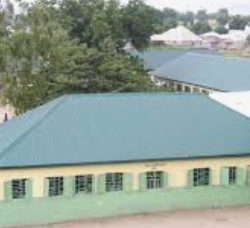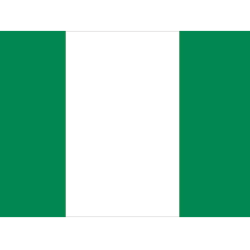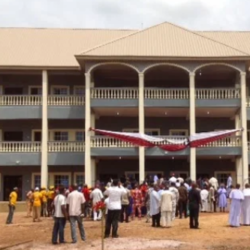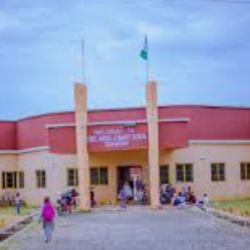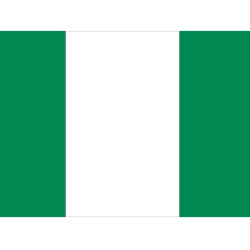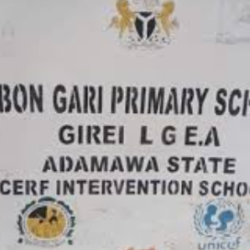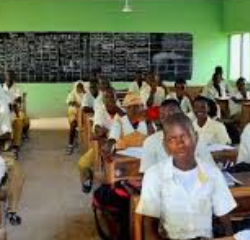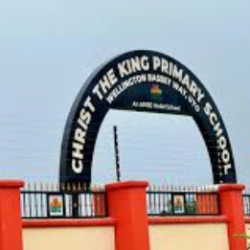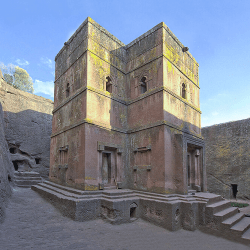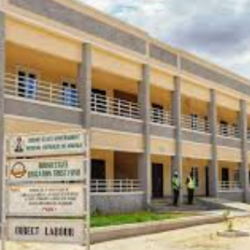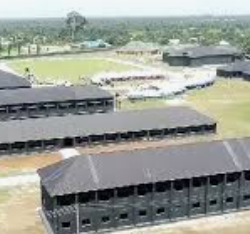Antigua and Barbuda is a Caribbean nation made up of its two main islands, Antigua and Barbuda, along with the smaller rocky island of Redonda and numerous smaller islets. Together, these islands form a country known for its natural beauty, biodiversity, and rich cultural heritage.
- Antigua – The largest and most developed island, home to the capital Saint John’s and all six parishes. It is the center of government, commerce, and tourism, famous for its 365 beaches, colonial history, and sailing culture.
- Barbuda – A quieter dependency north of Antigua, with Codrington as its main settlement. It is known for pink-sand beaches, the Frigate Bird Sanctuary, and unspoiled natural landscapes.
- Redonda – A small, rocky, uninhabited dependency southwest of Antigua, valued for its cliffs, bird habitats, and unique history.
Beyond the main islands, the nation includes many smaller islets such as Great Bird Island, Green Island, Long Island, Prickly Pear Island, and Rabbit Island, which are important for tourism, eco-reserves, and wildlife protection.
Together, these islands combine vibrant culture, ecological diversity, and natural attractions, making Antigua and Barbuda a distinctive Caribbean state with both bustling communities and untouched natural spaces.
The Main Islands
Antigua
- Largest island in the nation and the administrative, economic, and cultural center.
- Divided into six parishes.
- Home to the capital city, Saint John’s, and most of the country’s population.
- Known for its 365 beaches, colonial history, and sailing culture.
Barbuda
- A dependency located north of Antigua.
- Known for its pink-sand beaches, Codrington village, and the Frigate Bird Sanctuary, one of the largest in the world.
- Much quieter and less developed than Antigua, making it a favorite for eco-travelers and those seeking solitude.
Redonda
- A small, rocky, uninhabited dependency located southwest of Antigua.
- Famous for its steep cliffs and quirky historical claims of being a “kingdom.”
- Important for its unique ecosystems and bird habitats.
Notable Smaller Islands
- Bird Island – A popular stop for snorkeling and eco-tours.
- Great Bird Island – Known for wildlife, including the endangered Antiguan Racer Snake, one of the rarest snakes in the world.
- Green Island – A private island often used for excursions.
- Guiana Island – Located off the northeast coast of Antigua, rich in mangroves and marine life.
- Long Island – Home to luxury resorts and pristine beaches.
- Prickly Pear Island – A tiny islet popular for day trips, snorkeling, and seclusion.
- Rabbit Island – A small, scenic island off Antigua’s coast.

Other Small Islets
- Five Islands
- Lobster Island
- York Island
- The Sisters
- Sandy Island
- Vernon Island
- Pelican Island
These smaller islands and islets are largely uninhabited but play an important role in Antigua and Barbuda’s biodiversity, tourism, and marine ecosystems. Many are used for day excursions, diving, and birdwatching.
List of the islands of Antigua and Barbuda, including the main ones and the smaller islets
Main Islands
- Antigua – Largest and most populated island (all six parishes).
- Barbuda – Dependency, main settlement: Codrington.
- Redonda – Rocky, uninhabited dependency.
🏝️ Smaller Islets
- Bird Island
- Bishop Island
- Blake Island
- Cinnamon Island
- Codrington Island
- Crump Island
- Dulcina Island
- Exchange Island
- Five Islands
- Great Bird Island
- Green Island
- Guiana Island
- Hale Gate Island
- Hawes Island
- Henry Island
- Johnson Island
- Kid Island
- Laviscounts Island
- Lobster Island
- Long Island
- Maid Island
- Moor Island
- Nanny Island
- Pelican Island
- Prickly Pear Island
- Rabbit Island
- Rat Island
- Red Head Island
- Sandy Island
- Smith Island
- The Sisters
- Vernon Island
- Wicked Will Island
- York Island
✅ That makes 3 main islands + 33 smaller islets, for a total of 36 islands within Antigua and Barbuda’s territory.

✅ Together, the islands of Antigua and Barbuda offer a mix of lively urban life, untouched wilderness, eco-tourism, and luxury travel, making this Caribbean nation uniquely diverse for its size.
